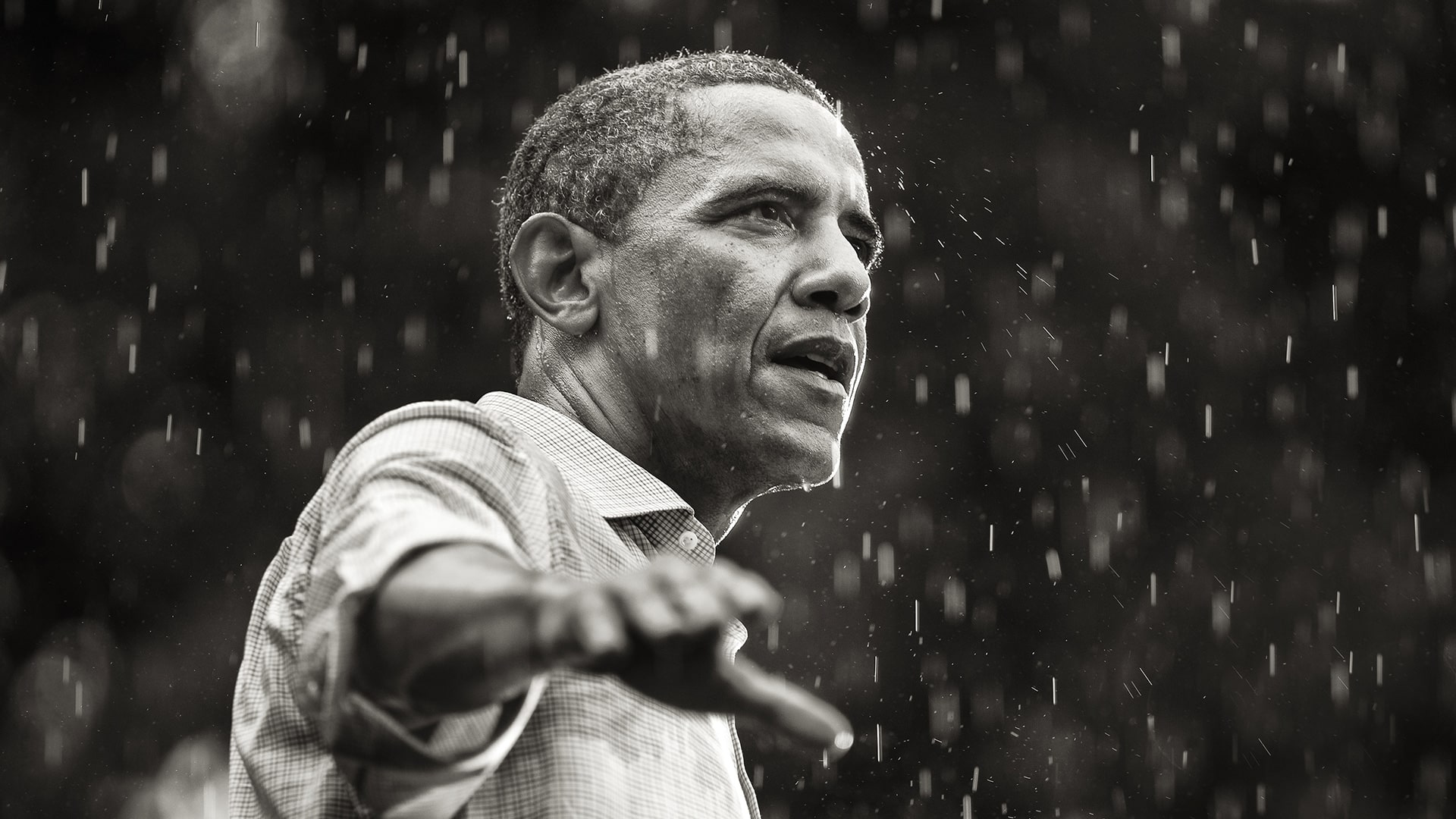A new exhibition looks at how photography has been used to shape public image and garner public support for candidates campaigning for the most powerful office in the world.

You’re getting blind.
Don’t miss the best of visual arts. Subscribe for $9 per month or $108 $90 per year.
Already suscribed ?



